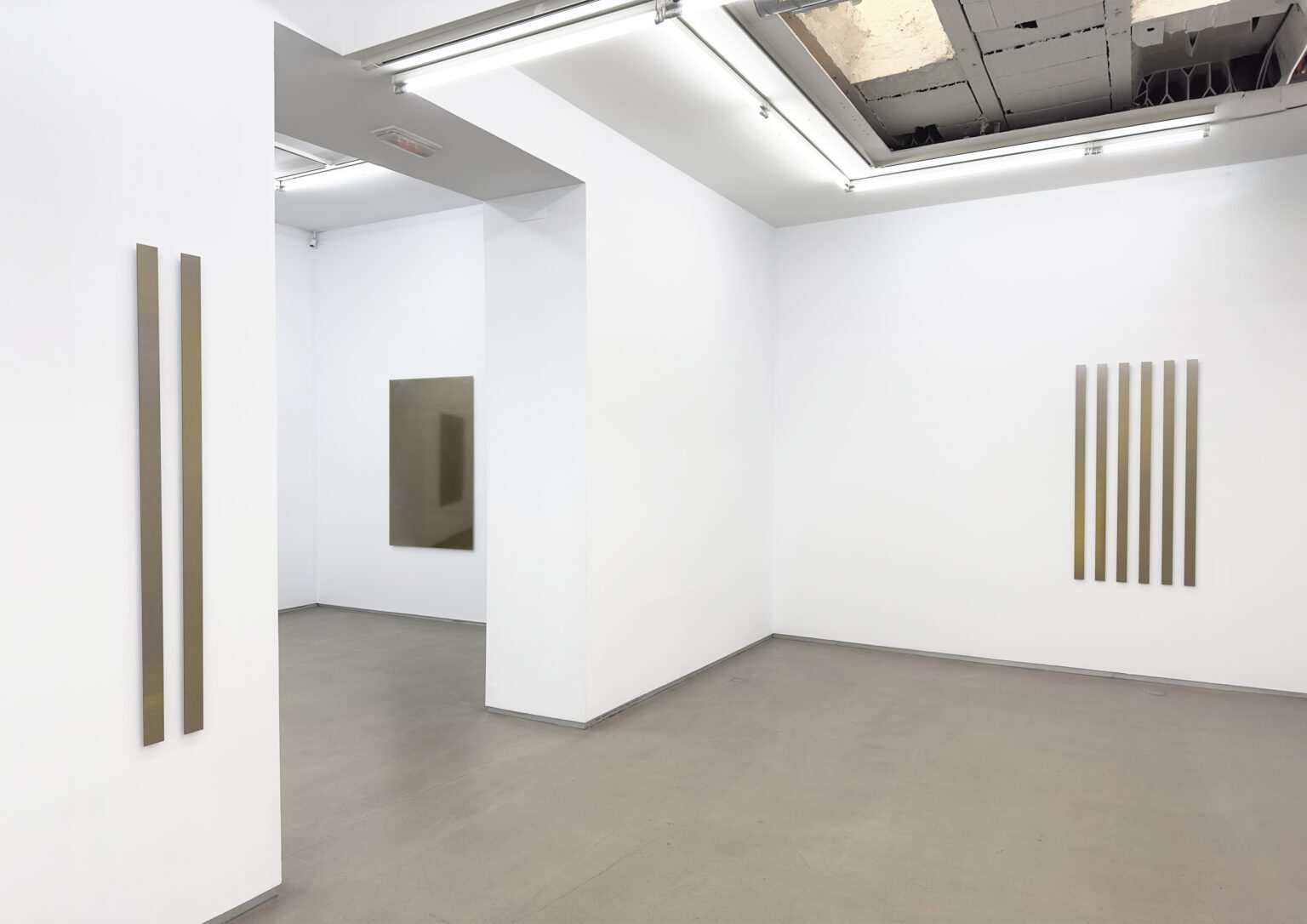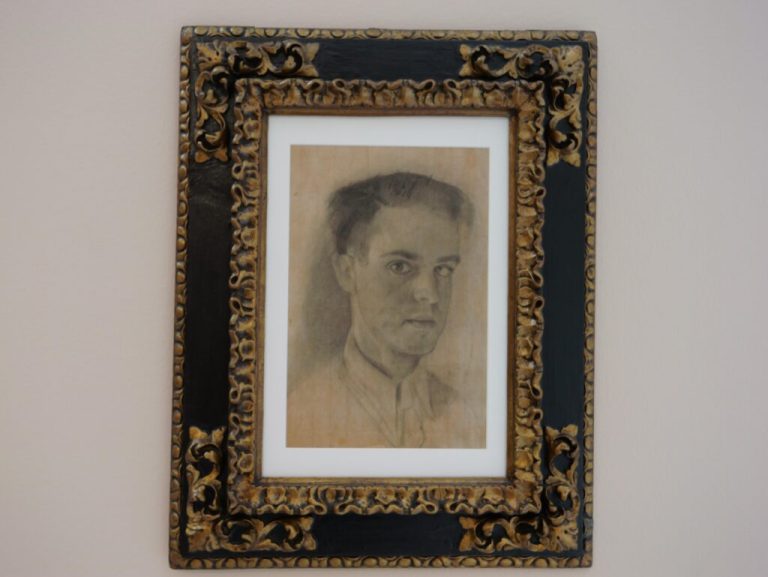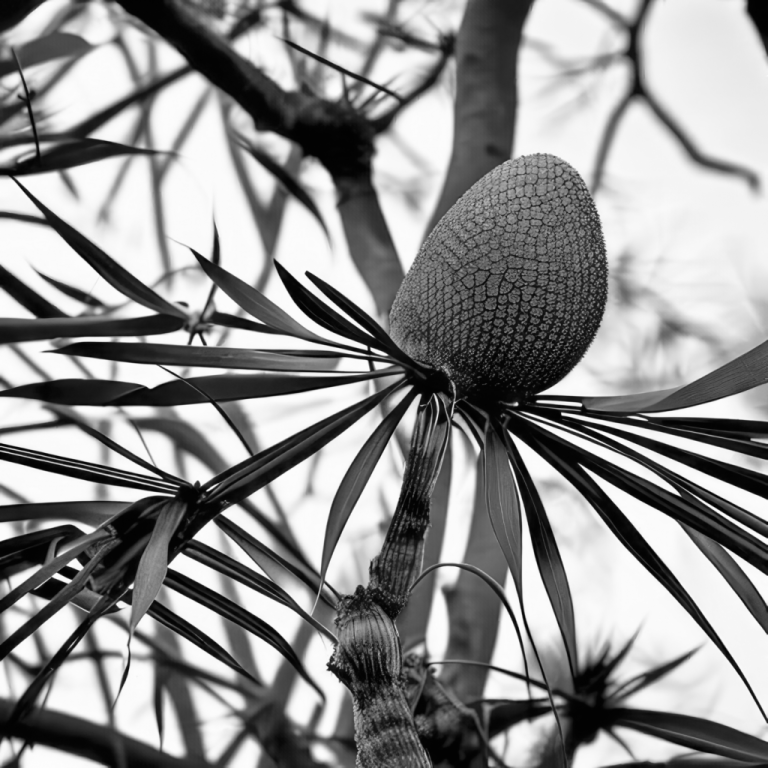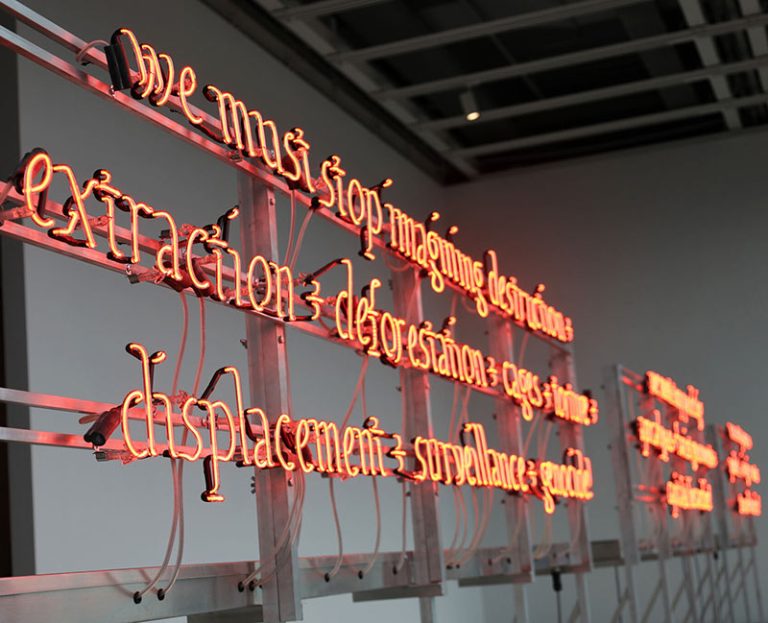Madrid,
Born in 1966 in Boston, Liz Deschenes has made her own the tradition avant-garde questioning of the concepts that originally defined photography (instantaneousness, veracity, fixity or reproducibility) to convert its images into changing surfaces that frequently function as sculptural or architectural objects, rather than photographic ones. In his exhibitions he usually gives prominence to the technical components of this medium, both the already anachronistic and the recent ones, while, through mirrors, he generates a game of reflections and evaluation of the architectural settings that surround them, leading the public to reflect on the diversity of materials that in the past and today we have configured to capture the real and on the reliability that we have given them.
In his previous projects he used to start from images of landscapes when addressing the essences of photography, although he also underlined his deep links with cinema: in the series Elevations brought to the stage the seven standard colors developed by cartographers to represent Earth's elevation ranges to produce monochrome photos in that gradation, using dye transfer color printing reminiscent of the Technicolor films with which Kodak stopped working three decades ago, in 1993. His Blue and Green Screens, For their part, they invited us to contemplate the screens that are normally used as an invisible base in special effects and evaporated background images and, in Moiré, photographed a sheet of perforated paper that filtered the light entering through a window, and then superimposed the resulting negative on a duplicate, giving rise to an image of an abstract, precisely moiré pattern. The result was a work that was as dazzling as it was oscillating in our eyes, actually based on the manipulation of a single negative.
In recent years, Deschenes has chosen to expose photographic paper to the night sky, develop it and fix it on a frame with a silver toner, creating silvery, hazy surfaces, dotted with slight changes in tone, which are affected by exposure to light environmental or as a result of manual application of toner. Sometimes he mounts them on aluminum or Dibond, other times he leaves these frames unframed so that they oxidize (intentionally) over time, influencing the conceptual problematic that surrounds photographic paper as the supposed surface for the still image. In their hands, and purged of representational content, photography functions as an object that records, precisely, an evolution between past and present, an aspect that is also emphasized by the mirrors that attest to the changing conditions that affect the space around it. their pieces in exhibitions.
If it is not stability, if it is not fidelity to reality, the artist continues to investigate what it is that only the photo can genuinely offer us.
In the exhibition that this American author is presenting until the end of July at the Parra & Romero Gallery in Madrid, her first in that room, we will see pieces corresponding to three different series and linked, in any case, to her permanent analysis of the how photographic art and its associated devices have conditioned our way of seeing.
Fly over the frames of your proposal SPFPrecisely, the figure of Etienne Jules Marey, pioneer of the photographic study of movement who, before Leland Stanford and Eadweard Muybridge, studied the walk of a man, that of a horse and the flights of insects and birds using polygraphs and other instruments of record. We will see vertical pieces arranged on the wall according to symmetrical spaces, at constant intervals, like the frames do in a film; but who moves here, obviously, is the viewer. All of them have a reflective surface, a product of the aforementioned mechanism of exposing photosensitive paper to the environment at night and developing it with chemical methods, and in addition to reflecting the surrounding space in a necessarily partial way, they will themselves be modified by the light that surrounds them and its own oxidation as the weeks go by. They constitute, therefore, a metaphor for constant change and the materialization of one of the basic theses of Deschenes' production: that time never stops or is suspended, not even through photography.
He looked back to the past to explore his doubt about what was fixed and stable in the images in his UV prints on plates. Gorilla Glass Of the brand Corning: these are ultra-thin and resistant glasses, like those used in the screens of electronic devices, on which he prints monochromes with UV, remembering the filters that Claudio de Lorena theoretically used to filter the luminosity of landscapes and achieve atmospheric atmospheres in his paintings. that they were uniform. In reality, there is no evidence that this painter, in particular, resorted to these procedures, but it is known that they were commonly used by landscape painters of the 17th century.
Remembering those methods from four centuries ago, and the very frequent use of filters when we photograph today, ultimately to accommodate the real to our desires, Deschenes reminds us that this will, that of bringing reality to our terrain and our taste, has no nothing new and that is another reason why seeking truth in a photographic representation is a failed enterprise from the start.
If it is not stability, if it is not fidelity to reality, the artist continues to investigate what it is that only the photo can genuinely offer us; What remains and what is in this original discipline when we eliminate those notions that are theoretically essential to it. Her response is raw and material: materials and substrates, printed and exposed, that were born at the mercy of those attempts to immortalize.
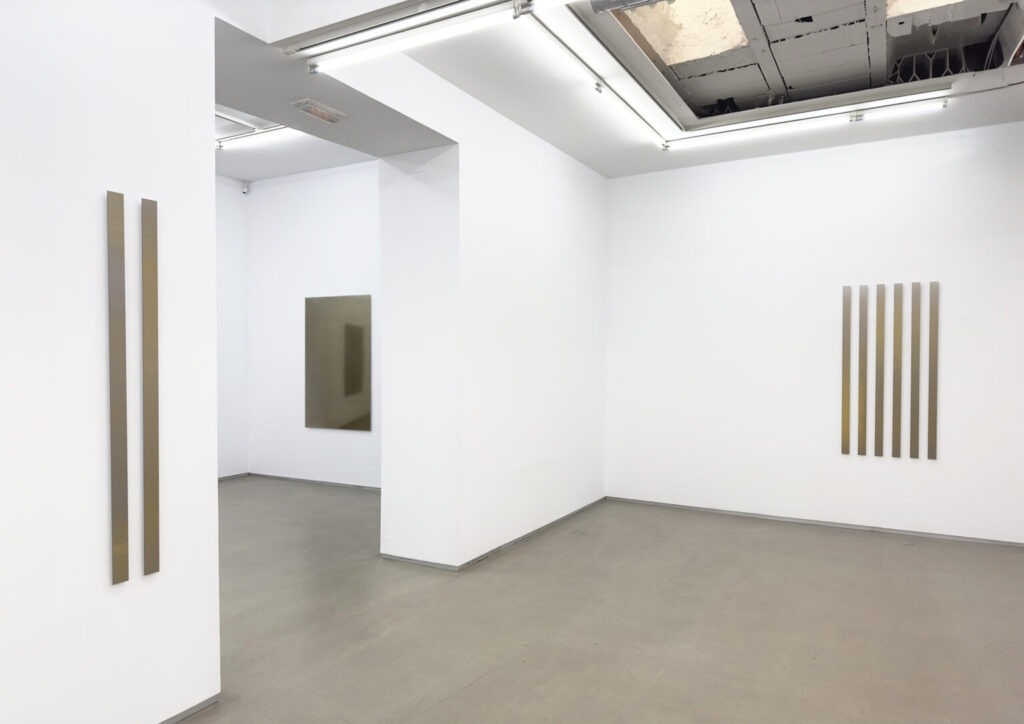
Liz Deschenes
PARRA & ROMERO GALLERY
C/ Claudio Coello, 14
Madrid
From May 11 to July 27, 2024

